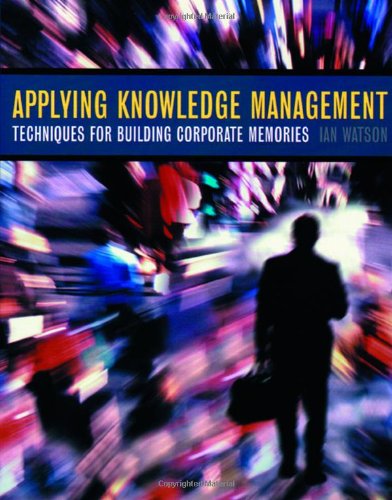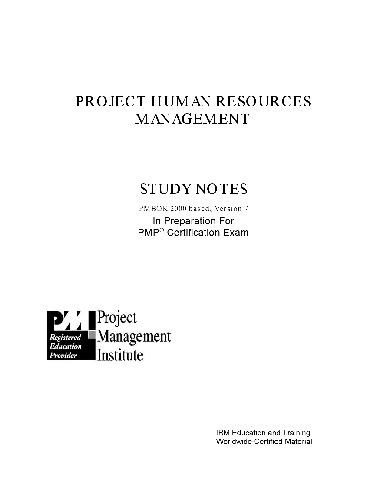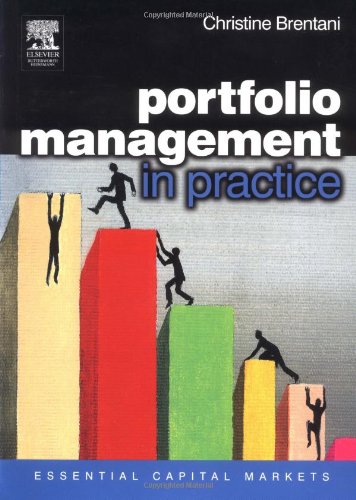Ian Watson9781558607606, 1558607609
Table of contents :
@Team LiB……Page 1
Content……Page 10
Preface……Page 17
I
Corporate
Memory……Page 23
1.1 Introduction……Page 25
1.2 A Definition of Knowledge Management……Page 26
1.3 Why Manage Knowledge?……Page 27
1.4 What Is Knowledge?……Page 29
1.5 What Knowledge Should I Be
Managing?……Page 32
1.6 Toward a Knowledge Framework……Page 33
1.7 Knowledge Management Activities……Page 35
1.8 A Methodology for Knowledge
Management……Page 37
1.9 Vignette: Managing Knowledge
at Microsoft……Page 40
1.10 Conclusion……Page 42
2.1 Introduction……Page 45
2.2 What Is CBR?……Page 46
2.4 The CBR-Cycle……Page 47
2.5 Cases……Page 49
2.6 Case Storage and Indexing……Page 51
2.7 Key Assumptions……Page 52
2.7.3 Similar Problems Have Similar Solutions……Page 53
2.8 Conceptualizing CBR……Page 54
2.9.1 Retrieval……Page 56
2.9.3 Revision……Page 63
2.9.4 Review……Page 64
2.9.6 Refine……Page 65
2.10 Conclusion……Page 66
II
Case Studies……Page 69
3.1 Introduction……Page 71
3.2 The Problem……Page 72
3.2.1 Software Support……Page 73
3.2.2 Application Upgrades……Page 74
3.2.3 Knowledge Management and the Integration
of CBR……Page 75
3.3.1 Expected Benefits……Page 77
3.3.2 The Team……Page 78
3.3.3 Implementation Plan……Page 79
3.3.4 Hardware and Software……Page 83
3.3.5 System Architecture……Page 87
3.3.6 Case Representation……Page 92
3.3.7 Case Acquisition……Page 101
3.3.8 Case Retrieval……Page 103
3.3.9 Case Retention……Page 104
3.3.12 Rollout……Page 105
3.4 Conclusion……Page 106
4.1 Introduction……Page 109
4.2.1 The Existing Process……Page 110
4.2.2 Background to Color Matching……Page 112
4.3.2 The Team……Page 113
4.3.3 Implementation Plan……Page 114
4.3.4 Hardware and Software……Page 115
4.3.5 System Architecture……Page 116
4.3.7 Case Acquisition……Page 118
4.3.8 Case Retrieval……Page 121
4.3.9 Case Adaptation……Page 128
4.3.10 Alternative Method of Color Matching……Page 129
4.3.12 Interface Design……Page 132
4.3.13 Testing……Page 135
4.4 System Demonstration……Page 136
4.4.1 Enter Color Match Request Input……Page 137
4.4.2 Perform Color Match Case-Base Research……Page 138
4.5 Maintenance……Page 139
4.6 Benefits……Page 140
4.7 Conclusion……Page 142
5.1 Introduction……Page 143
5.2 The Problem……Page 144
5.3.2 The Team……Page 146
5.3.3 Implementation Plan……Page 147
5.3.4 System Architecture……Page 148
5.3.5 Case Representation……Page 151
5.3.7 Case Retrieval……Page 153
5.3.8 Case Adaptation and Retention……Page 154
5.3.9 Interface Design, Testing, and Rollout……Page 155
5.4 System Demonstration……Page 156
5.5 Benefits……Page 158
5.6 Conclusion……Page 159
6.1 Introduction……Page 161
6.2 The Problem……Page 162
6.3 The Knowledge Management Solution……Page 165
6.3.1 Expected Benefits……Page 167
6.3.3 Implementation Plan……Page 169
6.3.4 Hardware and Software……Page 171
6.3.5 Case Acquisition……Page 172
6.3.6 Case Representation……Page 173
6.3.7 Case Retrieval……Page 174
6.3.8 Case Adaptation……Page 175
6.3.10 Interface Design……Page 177
6.3.11 Testing……Page 178
6.3.12 Rollout and Benefits……Page 179
6.4 System Demonstration……Page 180
6.5 Conclusion……Page 181
7.1 Introduction……Page 185
7.2 The Problem……Page 186
7.3.1 Expected Benefits……Page 190
7.3.3 System Architecture……Page 191
7.3.5 Case Acquisition……Page 192
7.3.6 Case Retrieval……Page 193
7.4 System Demonstration……Page 195
7.5 Benefits……Page 198
7.6 Conclusion……Page 199
8.1 Introduction……Page 201
8.2 The Problem……Page 202
8.3 The Knowledge Management Solution……Page 203
8.3.1 Expected Benefits……Page 204
8.3.3 Implementation Plan……Page 205
8.3.5 System Architecture……Page 206
8.3.6 Case Representation……Page 207
8.3.7 Case Acquisition……Page 208
8.3.8 Case Retrieval……Page 209
8.3.9 Case Retention……Page 210
8.3.12 Rollout……Page 211
8.4 System Demonstration……Page 212
8.5 Benefits……Page 214
8.6 Maintenance……Page 215
8.6.1 Functionally Redundant Cases……Page 216
8.6.2 Functionally Obsolete Cases……Page 220
8.7 Conclusion……Page 221
9.1 Introduction……Page 223
9.2 The Problem……Page 224
9.3 The Knowledge Management Solution……Page 227
9.3.1 Content-Based Filtering……Page 228
9.3.2 Collaborative Filtering……Page 229
9.3.3 Implementation Plan……Page 230
9.4 System Demonstration……Page 232
9.5 Benefits……Page 234
9.6 Conclusion……Page 235
III
Conclusion……Page 237
10.1 Introduction……Page 239
10.3 Prior Solutions……Page 240
10.4 CBR Software and Development
Methodology……Page 242
10.5 Existing Process Analogous to CBR……Page 244
10.6 Acquisition and Processing of Cases……Page 245
10.7 Number of Cases and Case Bases……Page 247
10.8 Case Representation……Page 249
10.10 Case Revision……Page 250
10.11 Case Review……Page 252
10.12 Organizational Change……Page 253
10.13 Conclusion……Page 254
Case Study Author Contact Details……Page 257
Case-Based Reasoning Software
Vendors……Page 259
Case-Based Reasoning Consultants
and Value Added Resellers……Page 260
Index……Page 263







Reviews
There are no reviews yet.